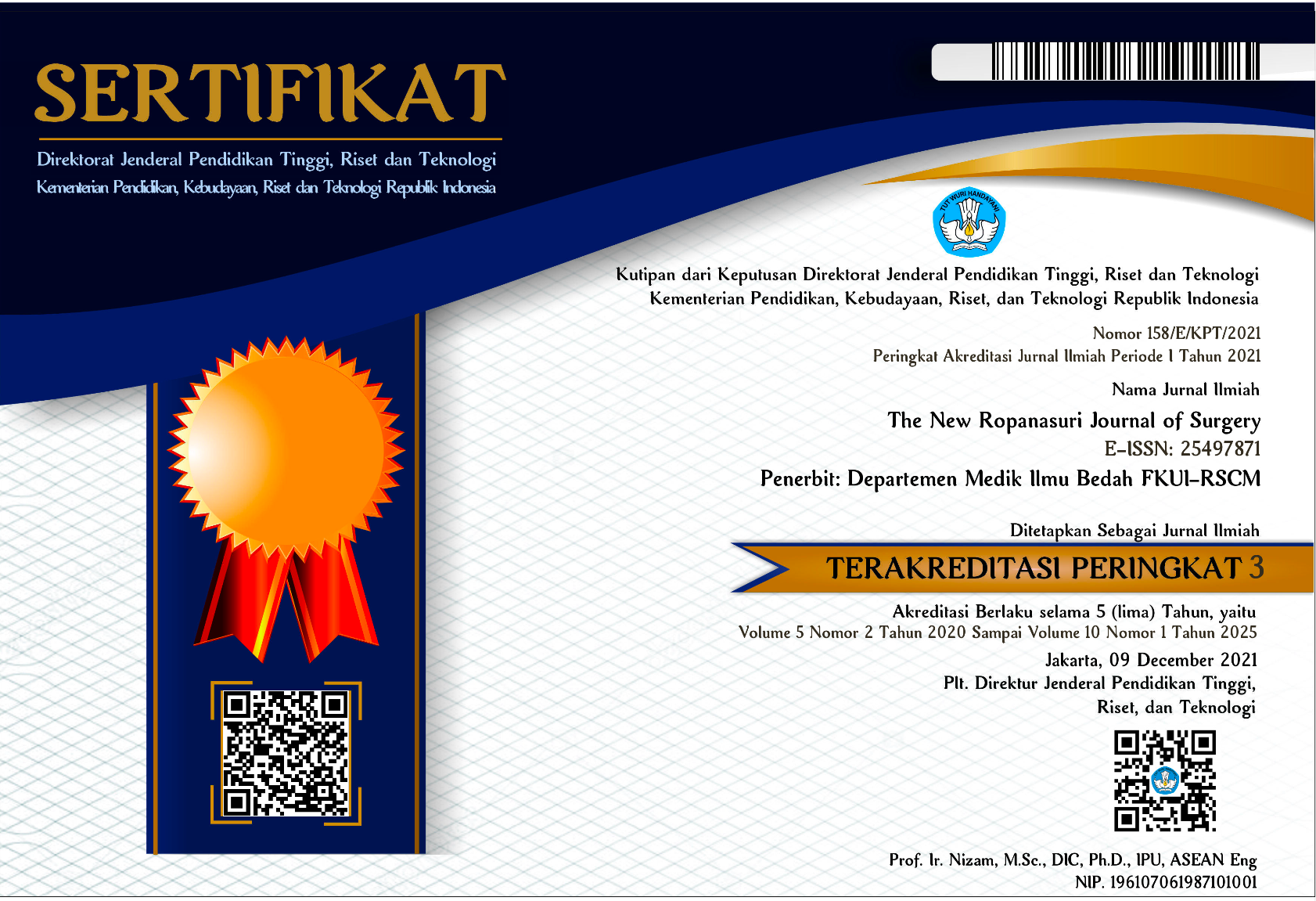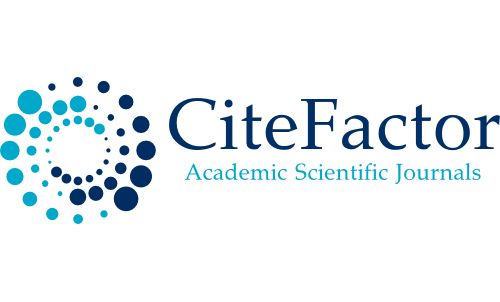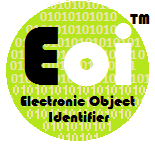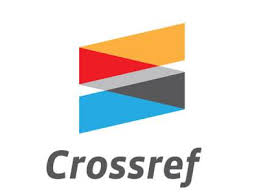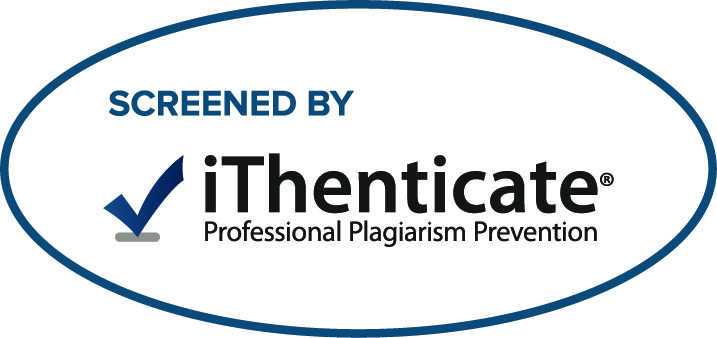Guidelines For Authors
This guideline follows the Recommendations for the Conduct, Reporting, Editing, and Publication of Scholarly Work in Medical Journals updated 2022 by the International Committee of Medical Journal Editors (ICMJE).
- Guideline for authors
- Cover Letter
- Manuscript Template (Updated 2022)
- Systematic Review Template (Ver 2020)
- Disclosure of Potential Conflict of Interest
Articles
Manuscripts relevant to surgery are accepted. Both basic sciences and clinical studies are welcome, including case reports, case series, evidence-based case reports (EBCR), evidence-based study (literature review, systematic review, meta-analysis), the observational study (cross-sectional study, case-control study, cohort study), and the experimental studies (animal experimental, pre-clinical, quasi, and randomized control trial). Letter to editor and comment, and/or response to a published manuscript with an opinion included is also accepted.
Submission
The submitted article has never been submitted to other journals or publications. A statement is required and should be provided in the letter to the editor. Submission proceeds digitally online. An author will sign up for a new account (at the first sign, he/she will act as a corresponding author that may be subject to change whenever he filled up the authors' name completely). Fill up the required metadata completely (full name completed with the title, institution or affiliation, full address, mailing address, phone and fax, and email of each author) and upload the manuscript. Authors must complete his/her ORCID ID on the metadata during submission. The tables and figures should be separately uploaded as a supplement. The other supplement that should be completed during submission is the cover letter to the editor and the authors' license agreement.
The titles
The title should be concise and comprise a maximum of 12 words.The running titles
Authors also need to include a running title (or running head, short title) in the submission. The running title requires to guide readers browsing multiple papers in PDF form. The running head may also be used in RSS feeds, and mobile applications consist of 50-60 characters deemed most important to highlight, including spaces.Authorship
The author referred to those who met the criteria in the ICMJE Recommendations, namely:
Thus, please provide the detail of each author's contribution, and the authors must sign that he or she met the authorship criteria according to the ICMJE Recommendations for the Conduct, Reporting, Editing, and Publication of Scholarly Work in Medical Journals (Updated May 2022), submitter should include the description regarding the role of author following CRediT in the manuscript.
Contributor role and definition
Any change in the authorship following the process of submission should be approved and signed by all authors.
Assurances
In the method section of the manuscript, please provide a statement that the independent review board (IRB) or the ethics committees approved the study protocol and that all human participants gave written informed consent, if applicable. The regulation also applied to animal studies.
Clinical trials
Following ICJME recommendation regarding the clinical trial registry, an author who conducts clinical trial should register his/her trial to ClinicalTrials.gov or WHO International Clinical Trials Registry Platform (ICTRP).
Electronic files and figures
All text, references, figure legends, and tables should be provided in A4 paper typed with 12pt of Times New Roman in one double–spaced Microsoft Word document (.doc and .docx). Do not type in the column. The files will be automatically formatted as portable file documents (.pdf) by the system. Figures and tables should be uploaded as a supplement file with a low resolution of 150 dpi, completed with the caption. All tables, figures, and legends should be cited in the file with the text.
Abstract and keywords
An informative, structured abstract should be provided with 250 words, comprising the introduction, methods, results, and conclusions. Provide the keywords of 4–8 words and relevant and written following the standard medical subject heading (MeSH).
The anatomy of the article
A structured article format should consist of an introduction, methods, results, and discussion, respectively. A template is available and may be downloaded.
Introduction
This vital section consists of the problem(s). Provide what is known and what is unknown, supported by valid and recent literature. Ensure to accommodate the research question, the aim of the study, and the hypothesis if available. Those are written briefly on a maximum of one page.
Method
This section consists of a study design written in sentences with no bulleted format, provides clear information on population and sample, inclusion and exclusion, sampling, and intervention. The intervention and all variables should be briefly described clearly. The authors need to include the analytical method they used. Author(s) have to complete this method session with independent reviewer board's approval for study in humans, likewise using animals.
Some guidelines may provide beneficial to authors, are:
Study design guidelines
- Randomized control trials (RCT) CONSORT
- Observational study STROBE
- Systematic review and meta analyses PRISMA
- Case report CARE and Surgical Case Report SCARE
- Qualitative research SRQR or COREQ
- Synthesis of qualitative research ENTREQ
- Diagnostic/Prognostic studies STARD, TRIPOD
- Quality improvement SQUIRE
- Animal pre–clinical studies ARRIVE
- Basic Statistical Reporting for Articles Published in Biomedical Journals SAMPL
- Template for Intervention Description and Replication TIDieR
Figures and tables
For original articles, a maximum of 5 figures and tables may include per manuscript. Medical, as well as a scientific illustration, should be created or redrawn. Should the author place a picture cited from published material (books, journal), he or she must explicitly attach all rights to be reused and republish from the publisher. High-resolution figures of 300 dpi in 24–bit color in Joint Photographic Experts Group (.jpeg or .jpg) format is required separately.
Patients' photographs
Should patients' photographs be placed, they should not be identifiable. Author(s) should provide a written permission from the subjects (consent). The patient’s consent should be signed and uploaded as a supplement.
Discussion
Describing the meaning of the results and its implication in clinical practice. Discussion should include the authors’ analytical synthesis of his/her findings. There is no repetition of the results or new results that is not a part of the findings of such a study. Criticism is a characteristic, especially for subject characteristics that belong to the Indonesian population. Avoid putting a statement that is not supported by reference adequately. The limitation of a study also includes hiding the weakness and negative results. In contrast, put the novelty of the study is a must.
Acknowledgment
He or she who contributes to the study but does not meet the authorship criteria should be acknowledged. The assistance of the third party dealing financially should not be mentioned in this section.
Journal Style
The article submitted to the journal should be written in English with proper grammar for knowledgeable formal readers, academic domain, analytical, and respectful tone. Words and sentences should be concise and avoid the use of rhetorical ones. Consistency in writing is critical, and the use of jargon and long terms is not advisable. Use the capital letter and punctuation properly following English. Authors are encouraged to read Strunk and White's Elements of Style.
Abbreviations
Except for units of measurement, abbreviations are strongly discouraged. Except for units of measurement, the first time an abbreviation appears, it should be preceded by the words it stands.
Drug names, materials
Drug and materials, should be written in generic names, but not the brand.References
The reference is written according to the International Committee of Medical Journal Editors (ICMJE), using Vancouver style. Numbers are applied based on the first cited in the text. When a journal is cited, use the standard abbreviation following the list of title word abbreviations (LTWA) provided in ISSN international or Web of Science journal title abbreviation. Using the reference manager app (Mendeley, Endnote) is strongly recommended. The authors should avoid personal communication being placed in the reference. A maximum of 25 references for the last five years is advisable.
Conflict of interest
Authors should disclose any financial arrangement with a company whose product is pertinent to the submitted manuscript or those who provide a competing product. Conflict of interest (COI) exists when there is a divergence between an individual’s private interests (competing interests) and his or her responsibilities to scientific and publishing activities such that a reasonable observer might wonder if the individual’s behavior or judgment was motivated by considerations of his or her competing interests (WAME). Any information will be held confidentially. The disclosure of conflict of interest may be available and downloaded from ICMJE. As the manuscript is accepted for publication, and a disclosure statement will appear with the article.Click to download the form Disclosure of Interest here.
Check for similarity
The submitted manuscript is subjected to the similarity check using iThenticate®. Similarity check proceeds two times, i.e., soon after submission and next before layout. Only those with a similarity of less than 20% can be published in the journal.
Review of article
Managing editor screen up whether an article is in line with the journal's aim and scope, meets the requirement and format appropriateness. The manuscript is subjected to similarity checked in the screening, and only those less than 20% proceed with reviewing. The screened manuscript is then sent to reviewers. For detail, see article processing on the next page. After the review and completion of the editorial decision–making process, the editor will let all authors receive notification of acceptance by email.
Copyrights and Licensing
The authors hold no copyright. The New Ropanasuri Journal of Surgery is an open-access journal applying the public licenses provided under a Creative Commons Attribution-Non-Commercial 4.0 International License. All the content, including tables and figures, might be reused and remixed as the authors are accredited, following Creative Common Attribution-Non-Commercial International License. For further information regarding the license click here
Article Processing Fee
The publication fee will be informed if the manuscript is accepted.



